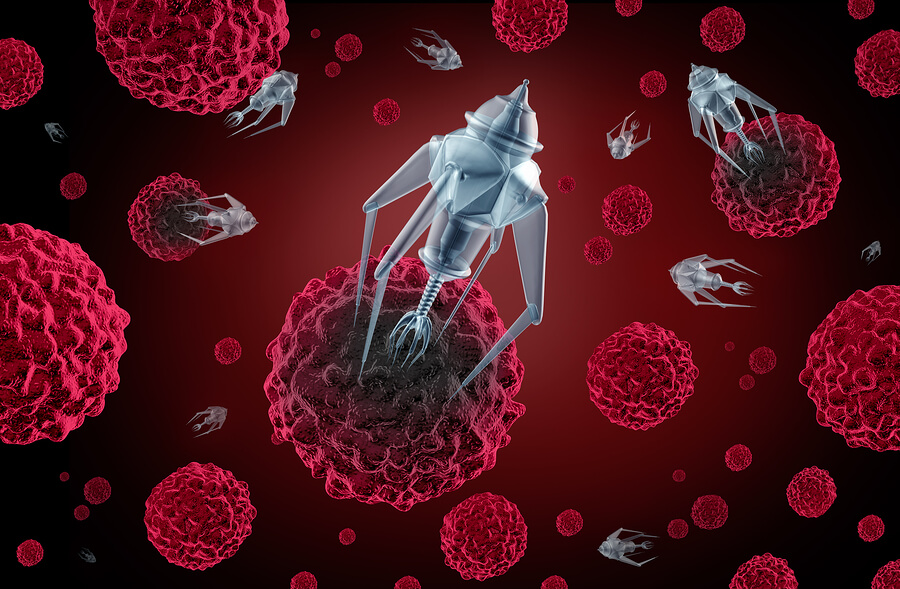The first in vivo soft tissue surgery completed by an autonomous robot is in the books, and in impressive fashion. While robots, and even autonomous robots, have been used in surgery before, they have failed to meet the high expectations set for them, especially when it comes to soft tissue. Until this study, autonomous surgical robots had only been useful for operations on solid body structures such as bone, as the visual systems were not sophisticated enough to decipher between and keep track of the slippery soft tissue that often moves around and looks very similar during surgery. To add insult to injury, the autonomous robots also lacked sophisticated enough algorithms to complete complex surgical exercises.
In this study published in Science Translational Medicine by a team led by Peter Kim at Children’s National Health System in Washington, DC, researchers focused on enhancing the imaging capabilities and algorithms in existing autonomous surgical robots to solve the soft tissue limitations. The upgraded visual complex consists of a 3D tracking system with a series of micro-lenses that triangulate the position of each pixel in the robot’s imaging field as well as a near-infrared fluorescent (NIRF) imaging system that allows the robot to track the soft tissue that is to be operated on based off of luminescent tags placed by human surgeons prior to the surgery. The intelligent algorithms added to the robot were developed by the researches with inspiration coming from expert human surgical techniques. These algorithms finally allowed the robot to autonomously conduct surgeries involving tasks such soft tissue suturing and intestinal anastomosis. The final product was named STAR, for Smart Tissue Autonomous Robot, and based on its performance in tests, the acronym is fitting.

While this is impressive to say the least, the supervised autonomous robot performance did not come without a caveat – while the human surgeons in the study averaged a completion time of about 8 minutes, STAR took nearly six times longer with an average surgery completion time of about 50 minutes. With that, the authors reportedly emphasized that the use of autonomous robots is not aimed at replacing human surgeons, but rather providing enhanced tools to ensure greater accuracy and fewer errors in the operating room.
We are still in the early stages of autonomous surgical robots, and it is predicted that it will still be years before anything like STAR is utilized by surgeons in an actual operating room. However, there is no question, the future is looking very promising with this technology in the surgical toolbox.
By Brady Slater, BSc
Abstract: http://stm.sciencemag.org/content/8/337/337ra64
Original article: http://arstechnica.com/science/2016/05/smart-sewing-machine-nails-worlds-first-autonomous-soft-tissue-surgery/









